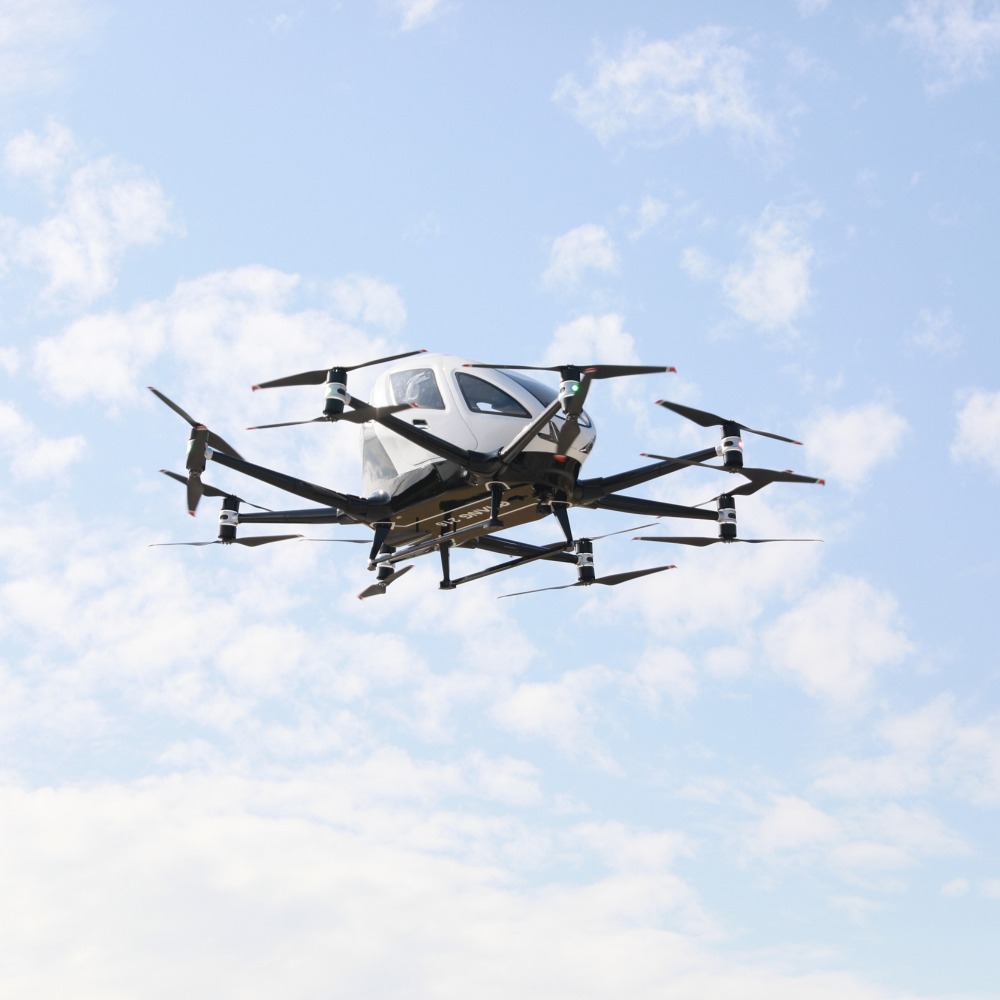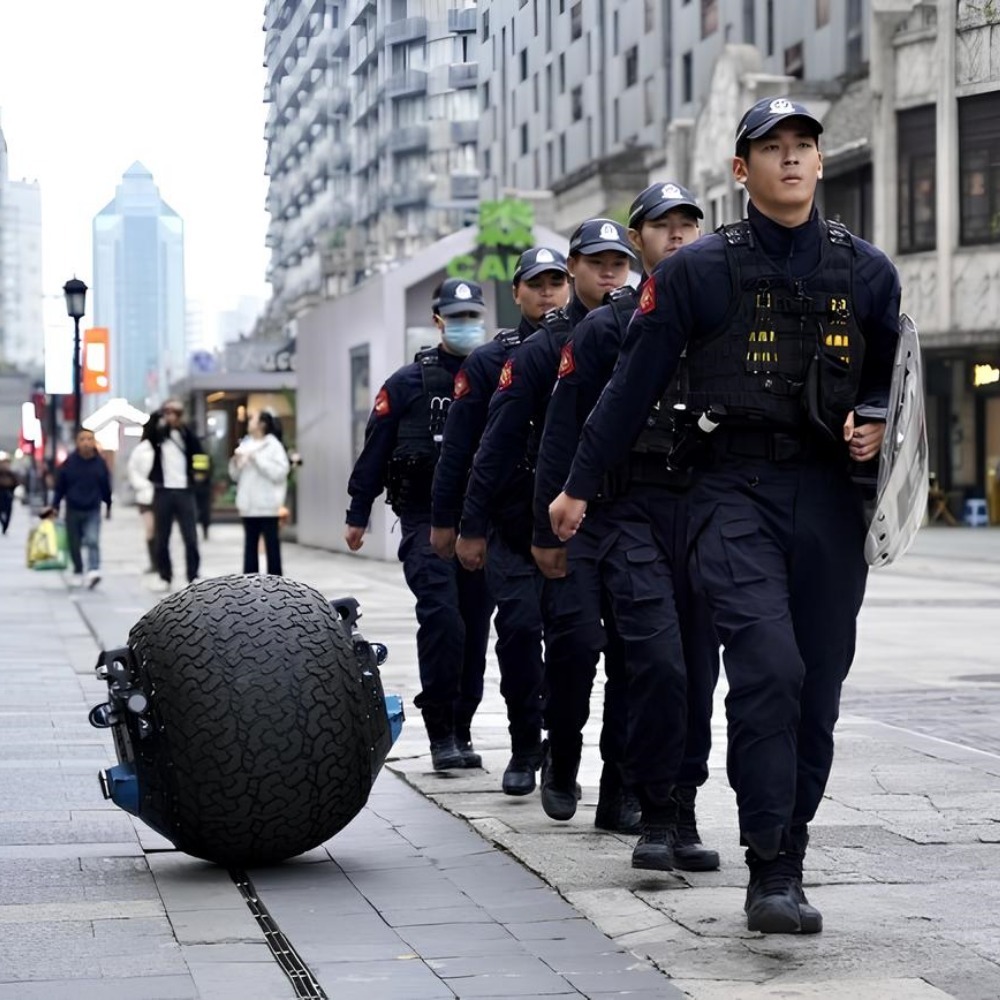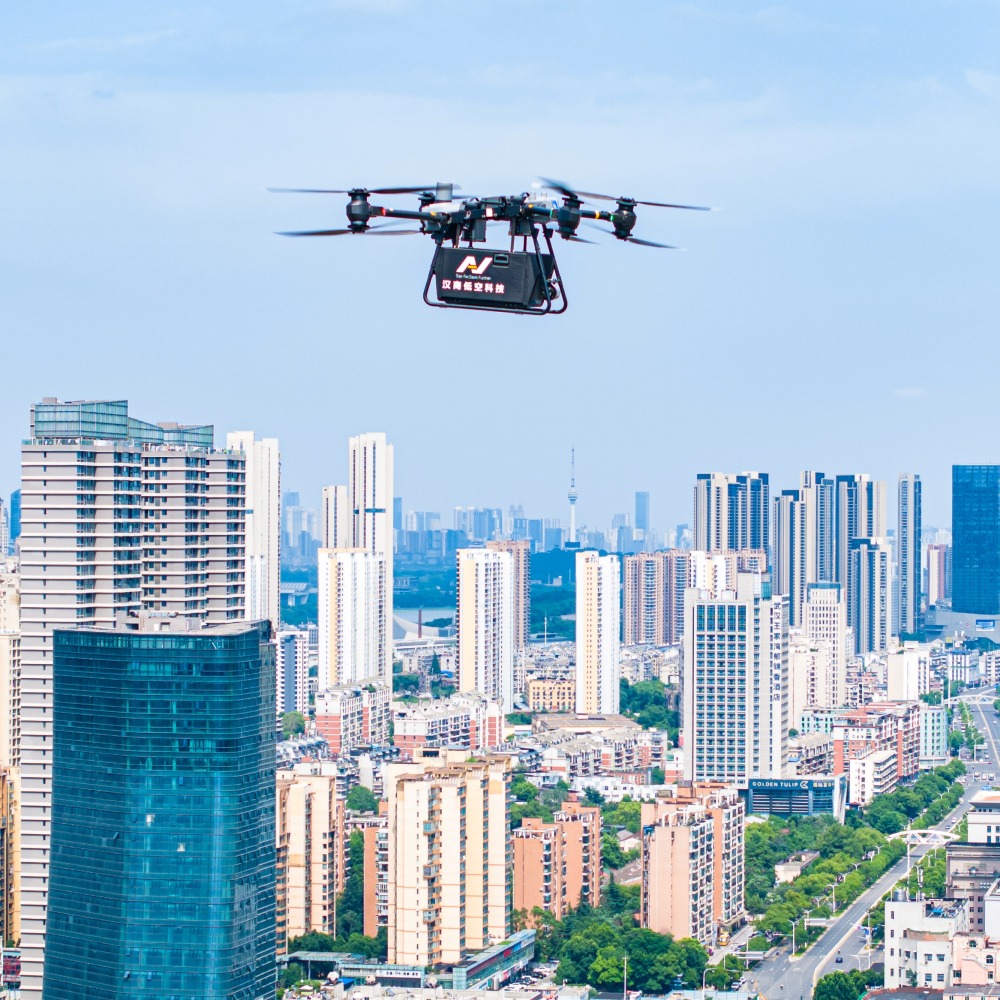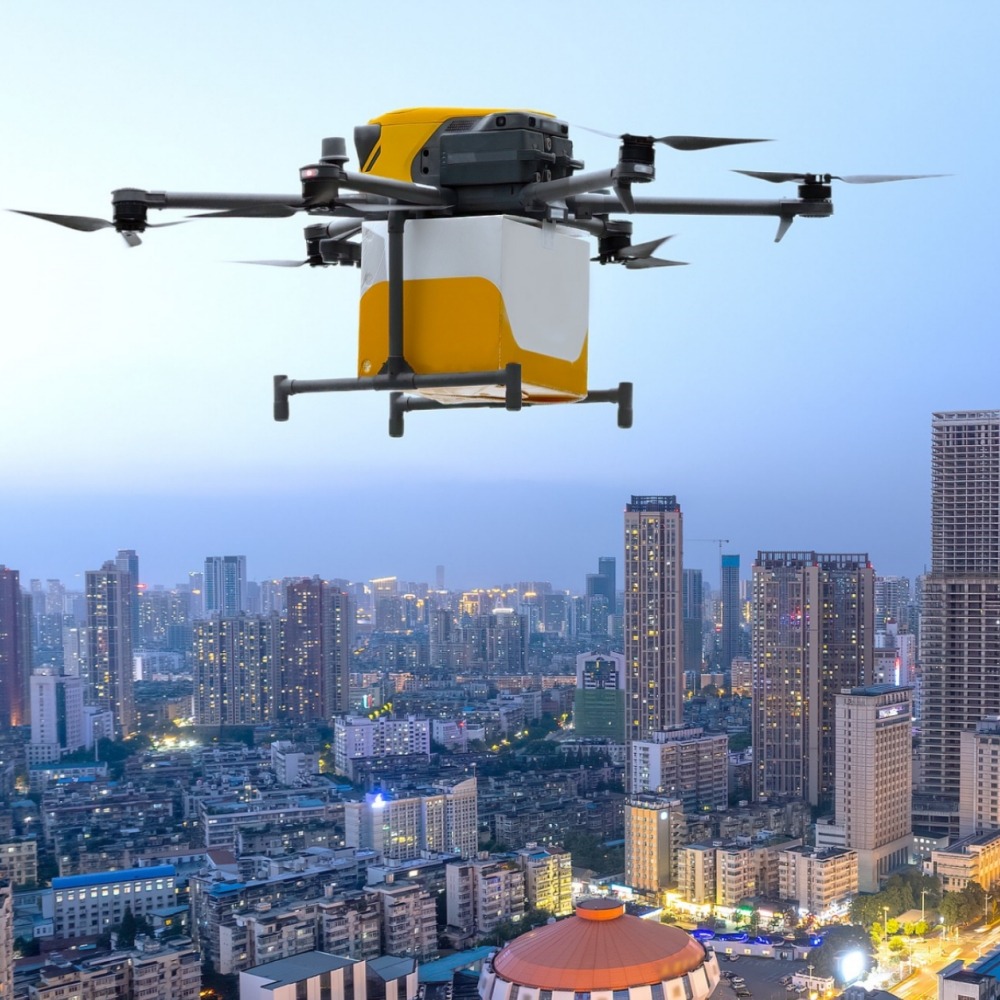Published : 2024-05-19
When the "flying taxi" becomes a reality, would you want to travel in it? In the future, everyone will be able to call "flying taxi" through a mobile app, just like calling an uber taxi.
In April 2024, a "flying taxi" from the Mainland was granted a production license which officially makes it qualified for mass production.
On Taobao, this "flying taxi" is also on sale with a price tag of over 2 million CNY.
EHang's EH216-S "flying taxi" ready for mass production
eVTOL (Vertical Takeoff and Landing Aircraft) is also known as "flying taxi" or "Flying Car", which doesn't need a runway.
It can take off vertically like a helicopter, switch to a fixed-wing flight mode in the air, and cruise at high speeds like a traditional airplane.
On April 7, 2024, the Civil Aviation Administration of China issues a production certificate, the first one in global eVTOL industry, to EH216-S of EHang, an urban air mobility ("UAM") technology platform company in China, which paves the way for the company to start large-scale series production of this aircraft.
The EH216-S autonomous eVTOL is 6.05 metres long, 5.73 metres wide, 1.93 metres high, with 16 propellers and the capability to carry two passengers.
The longest distance it can fly in a single trip is 30 kilometres in a straight line in the air, and the maximum flight speed can reach 130 kilometres per hour.
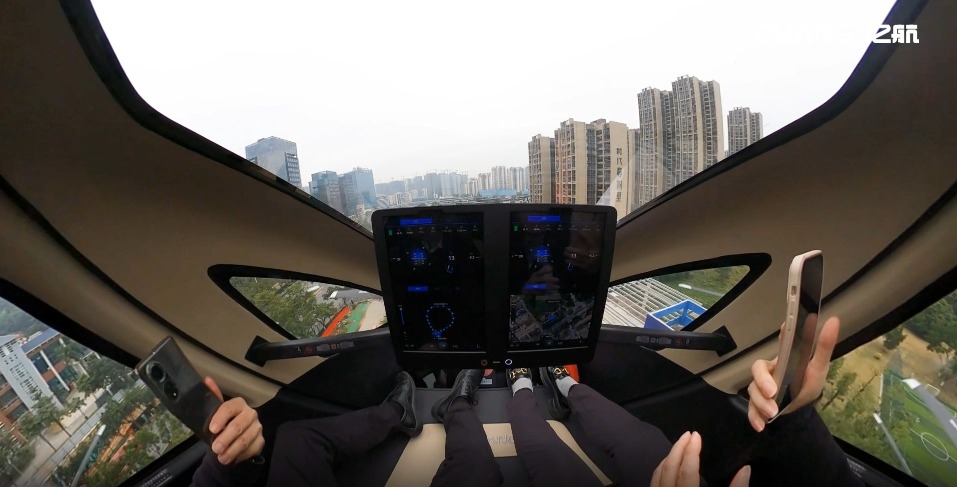
EHang stated that it will prioritise operations in cities like Guangzhou, Shenzhen, and Hefei that have already designated operating locations.
In the first phase, the company will start with low-altitude tours and city sightseeing.
Gradually, it will develop towards low-altitude commuting and emergency rescue scenarios and eventually integrate flying into daily life to achieve unmanned regular low-altitude urban travel, truly implementing the "flying taxi".
Read more: Guangzhou builds a 5G aerial smart transportation experience centre
Guangdong's high ambition for the low-altitude economy

China has highly valued the development of the low-altitude economy in recent years, and a series of supportive policies such as relaxing low-altitude airspace restrictions and lowering the threshold for general aviation operations have been introduced one after another, creating a favourable policy environment for the development of the low-altitude economy.
In addition, the low-altitude economy was written into the government work report for the first time at the 2024 Two Sessions.
Now, there are already 26 provinces in which the government work report has deployed the development of the low-altitude economy.
This is because the potential value of the low-altitude economy is enormous.
Data from the Civil Aviation Administration of China shows that the scale of China's low-altitude economy market is expected to reach 15 trillion CNY by 2025 and 35 trillion CNY by 2035.

Among all the competitors across the country, Guangdong Province has a clear lead and has become the forerunner of the low-altitude economy.
Shenzhen has a mature drone industry chain; Guangzhou makes efforts both in the production and operation part of the low altitude economy; Zhuhai is an important base for general aviation in China.
Thus, Guangdong has an unrivalled advantage over other regions in terms of industrial foundation for the development of low altitude economy.
"China's Low-altitude Economy Development Research Report (2024)" shows that Shenzhen and Guangzhou ranked first and second in the number of low-altitude economy enterprises nationwide.
More than 30% of the country's low-altitude economy enterprises, including industry leaders such as EHang, Xiaopeng Huitian, DJI, and Fengyi Technology, are in Guangzhou, Shenzhen, Zhuhai, and other places.
Some believe that as Guangdong vigorously promotes the low-altitude economy, it is an important opportunity for Hong Kong to integrate into the industrial chain development of the Greater Bay Area, and efforts should be made to keep up with the pace.
Read more: How did Shenzhen become the drone capital?

